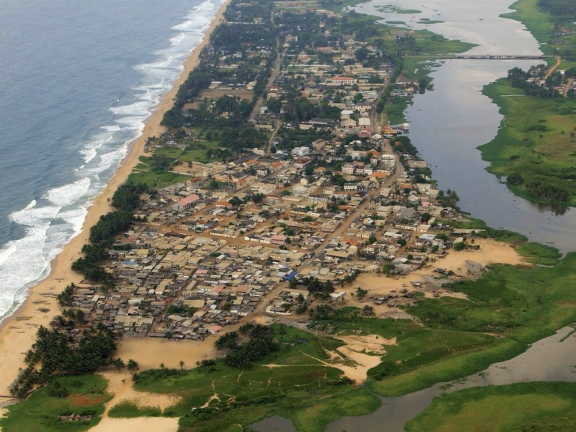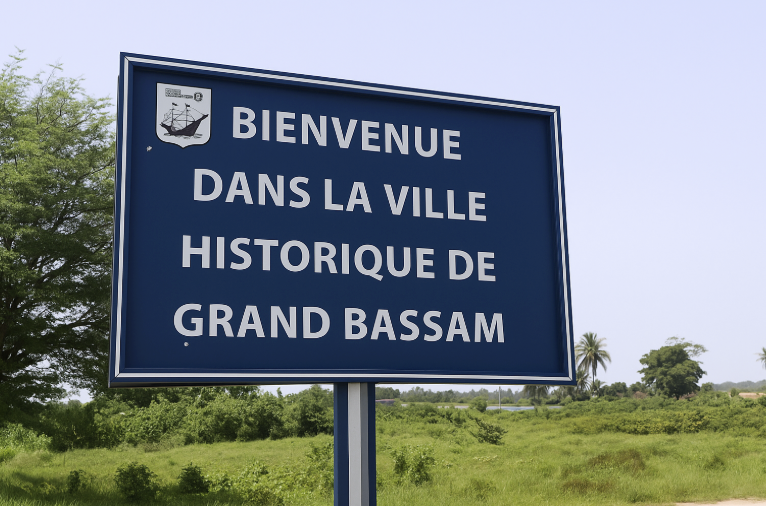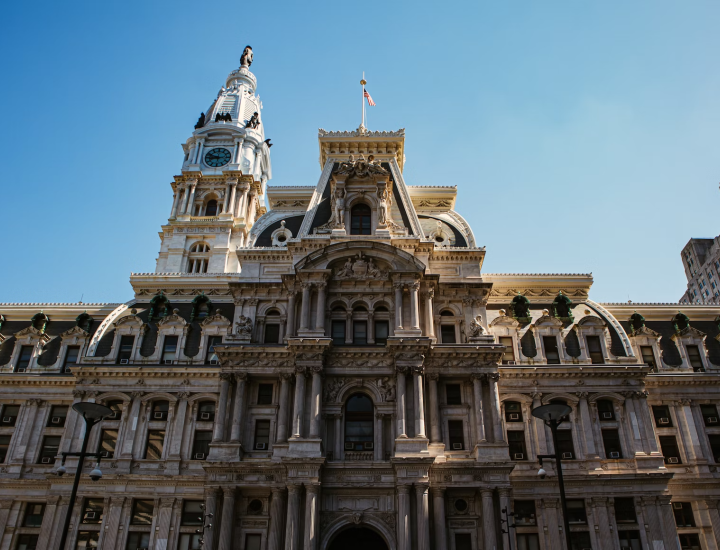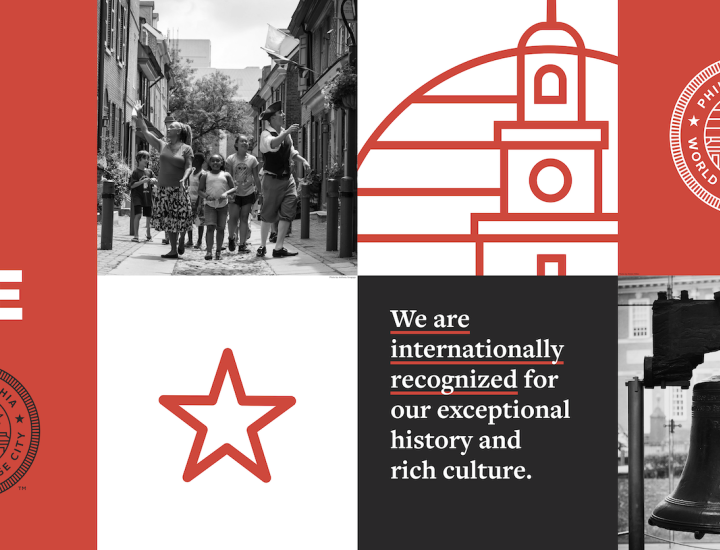Grand-Bassam: Ivory Coast’s Cultural and Historic Heart

Just over an hour from Abidjan lies a city with stories etched into every street, wall, and wave. Grand-Bassam, the first capital of Côte d’Ivoire, holds a distinct place in the nation's memory, not just as a former administrative center, but as a symbol of cultural resilience and artistic rebirth. In 2012, it was designated a UNESCO World Heritage Site, recognizing its uniquely preserved architectural blend of colonial-era planning and West African traditions.
For Ivorians like myself, Grand-Bassam is more than a historic site—it's a place of deep personal and national pride. Having visited many times, I’ve watched the town evolve with every step to welcome tourists, artisans, and historians alike while still holding on to important moments of the past.

As someone who now lives in Philadelphia, a World Heritage City, I feel a deep kinship between my new home and Grand-Bassam. Though worlds apart, both cities remind us that history isn’t just about monuments, it’s about movement. Each share legacies rooted in struggle and transformation and both contribute to the global dialogue on heritage, justice, and culture.
Grand-Bassam was the first major French colonial foothold in Côte d’Ivoire, chosen for its strategic coastal location and access to trade routes. The French established a protectorate over the region in 1843, and by 1893, it was officially declared a colony. That same year, Grand-Bassam became the colony’s first capital, a status reflected in its urban planning that built broad boulevards, administrative buildings, and distinct architectural styles that blended European design with local materials. But the town’s early promise was short-lived; repeated yellow fever outbreaks, worsened by poor sanitation and swampy terrain, led colonial authorities to move the capital to Bingerville in 1896. Despite this shift, Grand-Bassam remained a vital commercial and cultural hub, and though it lost its status as capital, its legacy endured.
The city's faded pastel buildings, wide boulevards, and palm-lined shorelines now tell a richer story of reclamation. Local communities have transformed former colonial spaces into artisan workshops, museums, and cultural centers that speak to both the pain of history and the beauty of African creativity.
One example is the old colonial-era Post Office building, which has been restored and now serves as Maison du Patrimoine Culturel (Heritage House). It houses oral histories, youth programming, and restoration projects led by Ivorians who understand that heritage is not just preserved, it is lived.

These efforts echo the work being done in Philadelphia to preserve historic Black landmarks such as the John Coltrane House, recipient of a large restoration grant after years of neglect, and the Marian Anderson Museum, which underwent restoration after suffering flood damage. Just like in Grand-Bassam, these projects are community-driven and rooted in the belief that heritage protection is an ongoing commitment that takes work and dedication that often takes years. When governments and citizens prioritize restoration, they are actively preserving identity, memory, and belonging for future generations.
Despite its cultural importance and historic charm, Grand-Bassam has also faced difficult moments. In 2016, a terrorist attack on the town’s beach resulted in the deaths of 19 people and brought global attention to issues of security in the region. While the attack did not damage the town’s historic buildings, it had a significant emotional and social impact. In the wake of the tragedy, global attention shifted from its heritage to its vulnerability. Nevertheless, Grand-Bassam responded not with retreat, but with unity. Art festivals returned. Artists painted murals of healing. Rather than being defined by the incident, Grand-Bassam continued to move forward, maintaining its role as both a cultural and community center.
Today, Grand-Bassam has become a cultural destination again. Festivals like Marché des Arts du Spectacle Africain (MASA) draw creatives from across the continent. Travelers wander its streets, captivated by the smell of roasted plantains, the sound of djembe drums, and the artistry of handcrafted batik fabrics. This resilience shows how Grand-Bassam’s heritage and community remain central to its ongoing growth and appeal.

Still, the city faces new threats not from political unrest, but from nature. Rising sea levels and erosion now endanger Grand-Bassam’s coastline, threatening not just its beaches, but the very foundations of its historic architecture. Preservation here means climate action. The future of Grand-Bassam depends on sustainable tourism, international investment, and local stewardship that values both people and place.
This dilemma represents a much larger struggle worldwide that has become increasingly urgent, and echoes Global Philadelphia's recent commitments to participating in national cooperation efforts that strategize sustainable pathways forward to making cities more livable. Notably, GPA participated in the 17th World Congress in Cordoba, Spain this past fall with the theme being "The Livable City" in an effort to share expertise from representatives of World Heritage sites and cities across the globe. Like in Grand-Bassam, bold plans and initiatives are needed everywhere to preserve and renew historical treasures.
This is where the implementation of the United Nations Sustainable Development Goals (SDGs) come in as well to play a big role, particularly SDG #11: Sustainable Cities and Communities and SDG #13: Climate Action. Côte d’Ivoire has committed to the SDGs through its National Development Plan, and in 2020, launched its Voluntary National Review, which outlined national strategies to align sectoral policies with the SDGs. However, at the local level, progress remains inconsistent. In Grand-Bassam, protecting heritage sites from climate threats isn’t just about tourism; it’s about sustainability, resilience, and equity.
For example, the city's mangrove restoration initiative not only serves as a natural flood barrier—demonstrating climate-adaptive infrastructure—but also creates jobs for local youth in conservation, promoting equity through livelihood opportunities. Similarly, efforts to upgrade drainage systems and rehabilitate colonial-era buildings using locally sourced, climate-resilient materials contribute to sustainable urban development while preserving cultural authenticity.
These responsibilities cannot rest solely on local communities or countries in the Global South. Cultural heritage is a collective human inheritance, and global governments, especially those with greater financial and technological resources, must prioritize international climate and development cooperation.

In recognizing Grand-Bassam, we honor not only the past but the people actively shaping its future and the potential for future generations to learn, connect, and preserve. Preservation here is not passive, it’s a living process driven by communities who see heritage as a foundation for justice, resilience, and belonging. World Heritage isn’t just about bricks and buildings, it’s about identity, continuity and the shared responsibility that connects us all.


